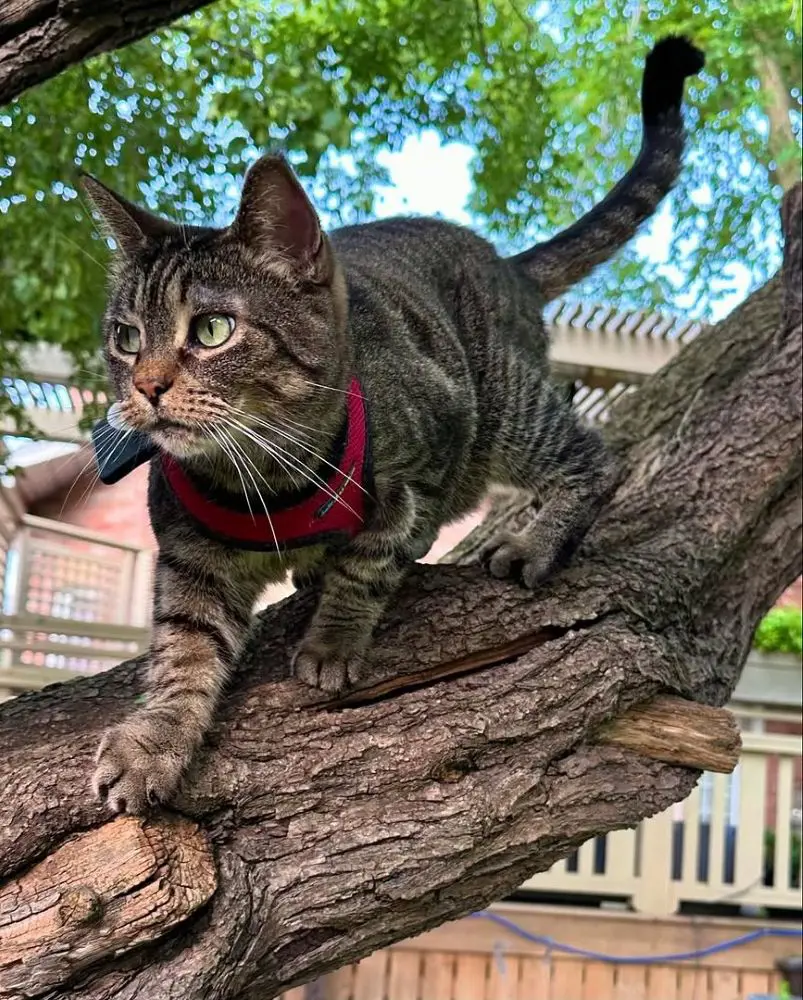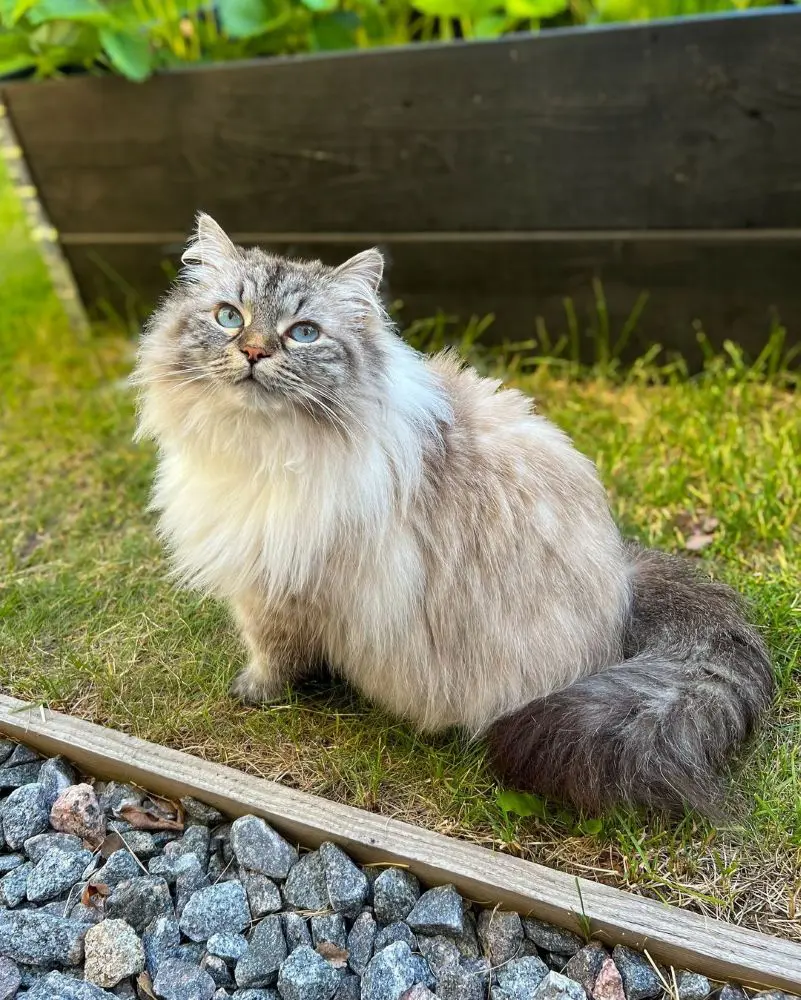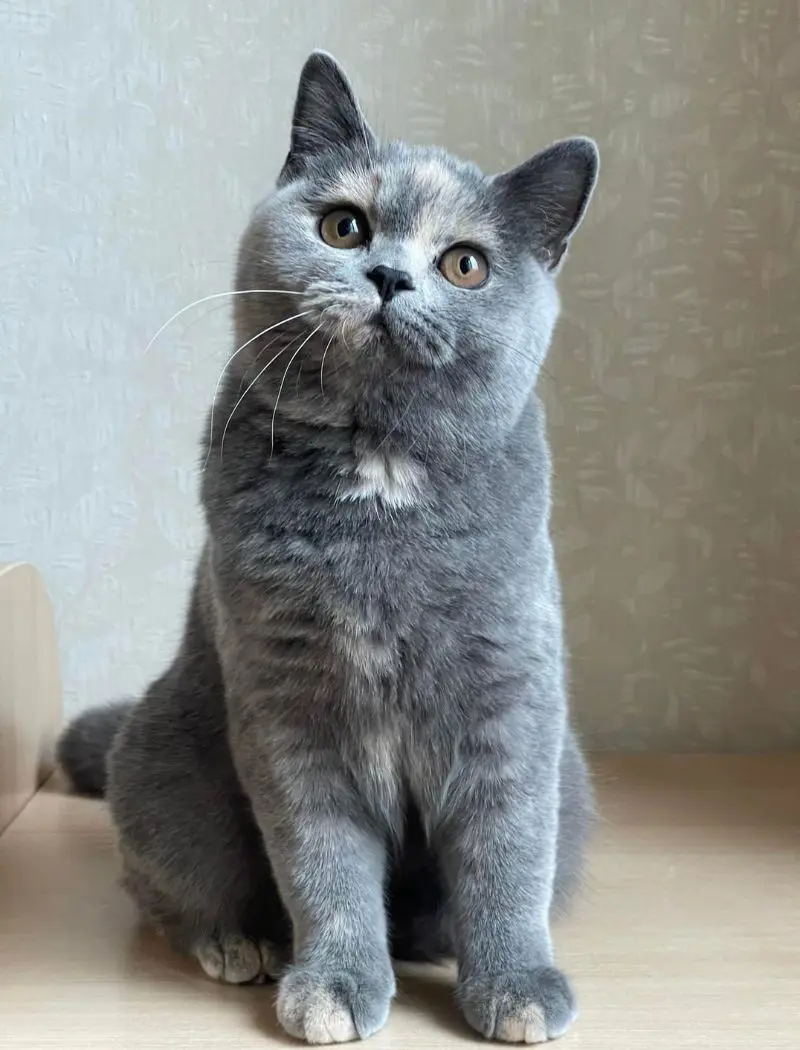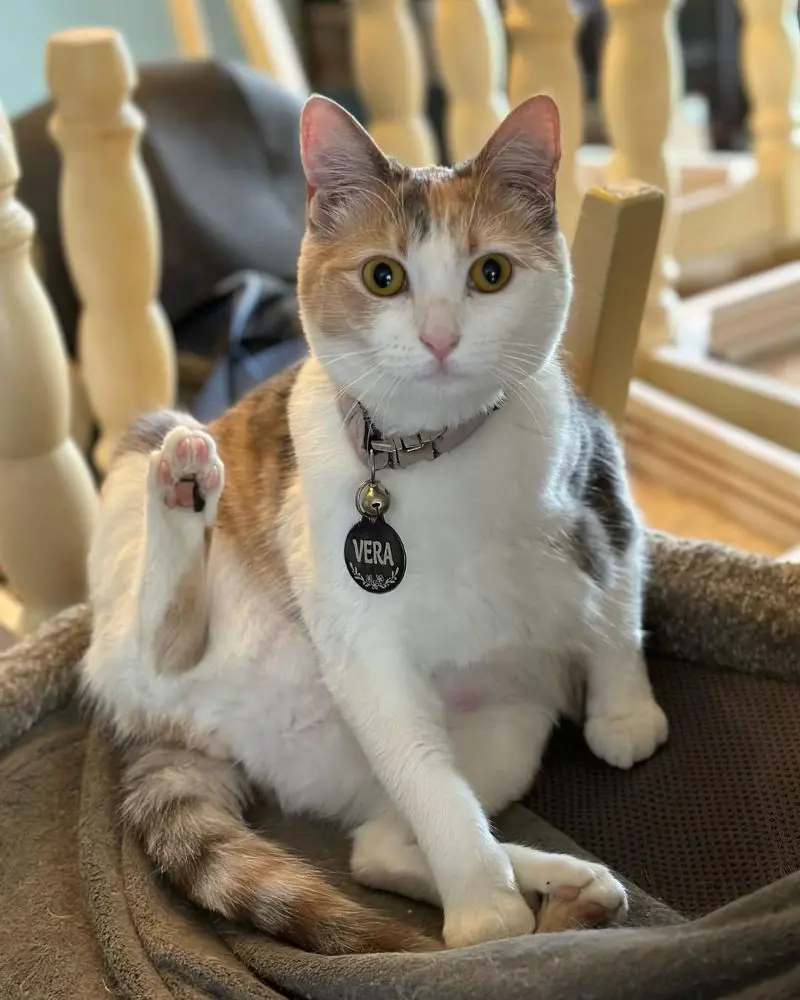Why Do Cats Like Boxes
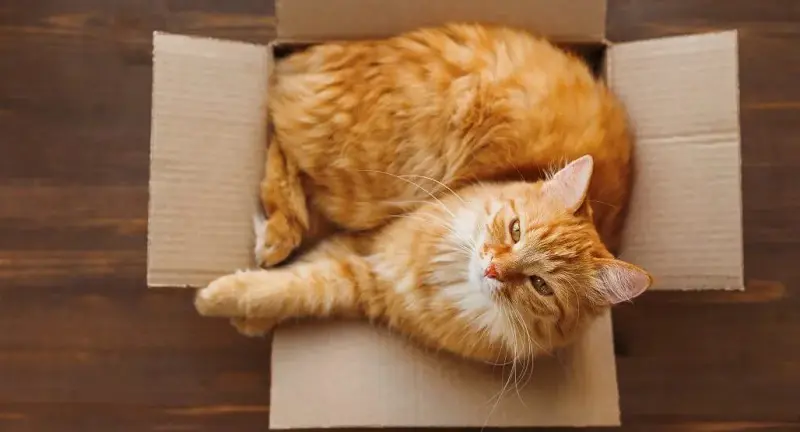
Anyone who has spent significant time around a cat is familiar with the purring creature’s love of boxes and other small spaces. Immediately after you remove an item from its cardboard container, your furry feline friend checks out the empty box and usually jumps inside.
Any cat parents could tell you just how much their cat loves a good old box. Poised, perched, and ready to pounce - that empty cardboard box their latest purchase arrived in surely won’t stay empty for long! Cats love the vantage point a cardboard box gives them, but boxes have other purposes for cats as well.
Most of their behavior around boxes is related to their ancestral roots, a natural part of a cat’s life. In this article, we’ll peel back the layers of this delightful mystery, combining scientific insights and everyday observations to uncover why boxes are more than just containers—they’re a feline paradise.
1. Instinctual Need for Safety and Security
Cats are both predator and prey in the wild. This dual role has instilled in them a survival instinct to seek secure hiding places. Boxes provide an enclosed space where cats feel safe from potential threats.
- Shelter from Predators: In the wild, felines use tight, enclosed spaces to hide from larger predators. A box replicates this environment, making it the perfect refuge.
- A Place to Observe Unseen: Cats are naturally curious and enjoy observing their surroundings. A box allows them to peek out while remaining hidden, giving them a strategic vantage point.
2. Temperature Regulation
Cats are heat-seeking creatures. Their ideal ambient temperature is between 86 to 97°F (30–36°C), which is warmer than most homes they live in as a pet. Boxes provide insulation that helps them maintain this preferred temperature.
- Cozy and Warm: Cardboard is a surprisingly good insulator. When a cat curls up inside, their body heat warms the space, making it a toasty retreat.
- Less Energy Expenditure: By staying in a warm box, cats conserve energy, which is essential for their well-being.
3. Stress Reduction and Comfort
Boxes act as stress relief zones for cats. Enclosed spaces help them decompress when they feel overwhelmed or anxious.
- A Safe Retreat: When faced with a new environment, unfamiliar guests, or loud noises, cats often retreat to boxes as a coping mechanism.
- Calmness Through Containment: Research has shown that cats provided with boxes in shelter environments acclimate faster and show reduced stress levels compared to those without.
4. Hunting Instincts and Playfulness
Cats are natural hunters, and boxes serve as the perfect setting for mock hunting scenarios.
- Ambush Potential: A box’s small opening allows cats to hide and pounce on “prey,” be it a toy, a shadow, or an unsuspecting human.
- Simulating the Wild: Jumping in and out of boxes mimics the stalking and chasing behaviors of wild cats.
5. Exploration and Curiosity
Cats are inherently curious animals; a box represents the unknown—a new territory to explore.
- Fascination with the Unfamiliar: The texture, smell, and shape of a box trigger a cat’s curiosity.
- A Puzzle to Investigate: Cats enjoy discovering the confines of the box, poking their heads in, and figuring out its purpose.
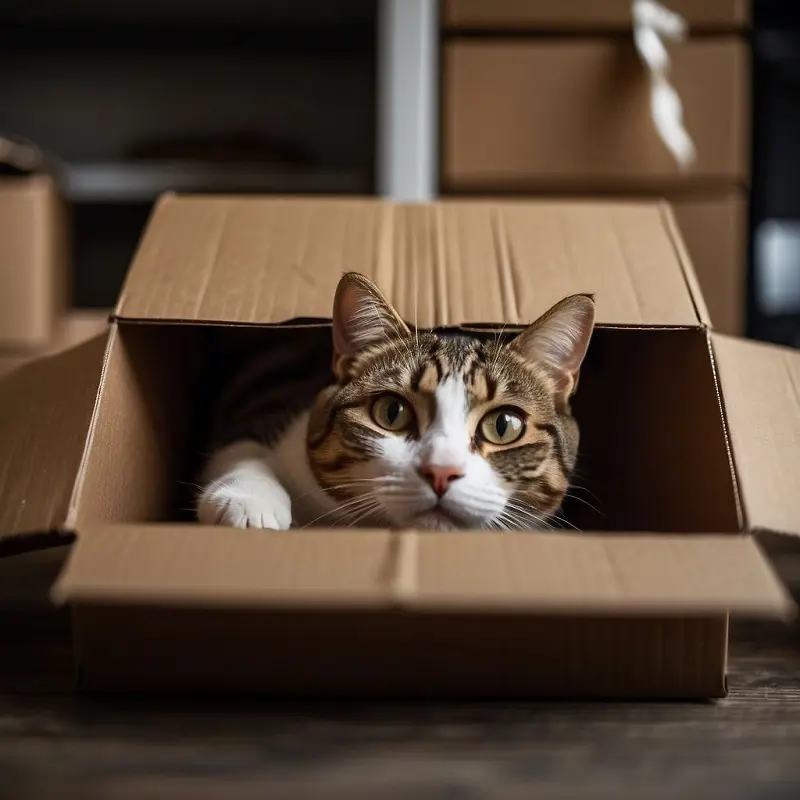
6. A Place to Rest and Sleep
Boxes provide the ultimate napping zone. Cats spend up to 16 hours a day sleeping, and they prioritize finding the most comfortable and secure spot.
- Compact and Private: The confined space of a box feels like a protective cocoon, perfect for undisturbed sleep.
- Soft Yet Supportive: The cardboard provides a balance of firmness and softness, making it an ideal surface for lounging.
7. Territorial Behavior
Cats are territorial animals that enjoy claiming ownership of spaces and objects. A box offers a fresh, unclaimed space to mark as their own.
- Scratching and Scent Marking: Cats may scratch or rub their faces on a box, leaving their scent to establish dominance.
- Personal Space: Once claimed, the box becomes a cat's private domain.
8. A Quirky Preference for Cardboard
The texture of cardboard itself seems to appeal to cats.
- Biting and Chewing: Some cats enjoy nibbling on cardboard, possibly for the texture or to satisfy a mild chewing urge.
- Scratching Satisfaction: Cardboard provides a satisfying surface for scratching, which helps cats maintain their claws.
9. Camouflage and Concealment
Boxes provide excellent camouflage for cats, who instinctively seek to blend into their surroundings.
- Hidden in Plain Sight: Even in a familiar home, the instinct to conceal themselves remains strong.
- Stalking Practice: Concealment within a box lets cats practice stalking behaviors without being seen.
10. Association with Fun and Positive Experiences
Cats quickly associate boxes with joy and entertainment, reinforcing their attraction.
- Past Play Memories: If a cat has had fun playing with a box before, it will likely return to it.
- Interactive Fun with Owners: Cats enjoy when owners engage them in play using boxes, creating a bond.
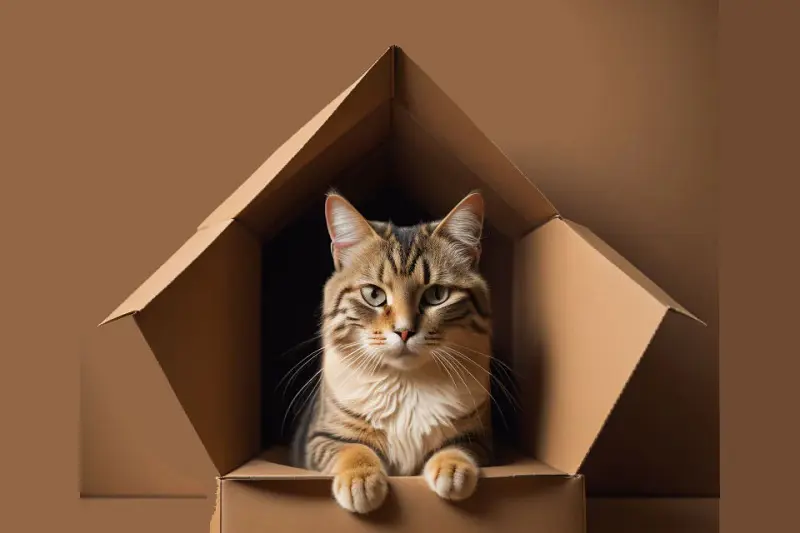
11. Low Maintenance and Availability
Boxes are ubiquitous and easy for cat owners to provide, making them an accessible and familiar comfort object.
- Always Around: Boxes from deliveries or purchases are often readily available in households, making them a constant fixture.
- No Setup Required: Unlike other toys or accessories, boxes are ready to use immediately, making them a hassle-free option.
12. Stimulating Their Senses
Boxes engage multiple senses, keeping cats entertained.
- Sound: The crinkle of cardboard or paper inside the box stimulates a cat’s hearing.
- Smell: New boxes often carry intriguing scents, adding to their allure.
- Texture: The rough surface of cardboard provides sensory stimulation.
13. An Evolutionary Holdover
The love for boxes may stem from ancestral behaviors.
- Den-Like Spaces: Wild cats sought out caves or tree hollows as dens. A box mimics these spaces.
- Survival Tactic: Seeking enclosed spaces for safety is a behavior ingrained through evolution.
14. Cats' Love for Novelty
Cats are known to exhibit neophilia—a love for new things. A new box, even if similar to others, represents a fresh experience.
- Different Shapes and Sizes: Each box presents a unique challenge or hideout opportunity.
- Short Attention Spans: Once a box loses its novelty, cats may move on to the next one.
15. The Power of Containment
Cats find comfort in small, enclosed spaces, even when the fit seems too tight.
"If It Fits, I Sits" Phenomenon: Cats enjoy squeezing into seemingly impossibly small spaces, perhaps for the snug feeling of containment.
Psychological Comfort: Being in a confined area might give cats a sense of control over their immediate environment.
Recent posts
Cats
Why Cats Run Away?
Getting a cat to stay indoors is a challenge most cat owners face, especially if their pet is used to roam outdoors. While dogs can be easily confined indoors, cats are excellent climbers who can squeeze through the tiniest of holes. What is you wake...
How To Find A Lost Cat
You wake up one morning and notice that your cat is gone. This is a recurring scenario that many pet owners experience, particularly in cats who were previously feral. In normal circumstances, your cat will return in a few hours or the next day. Howe...
18 Low Maintenance Cat For Busy Owners
Adopting a cat as a busy owner can be hard as it requires a big commitment and care. There are several cats that do not require much effort and are perfect for those with hectic schedules. It is important to understand their grooming needs along with...
Cat Toe Beans: 10 Surprising Facts About Feline's Feet
Also referred to as digital pads, cat toe beans are by far one of the most adorable features in a domestic feline. While these soft beans look vulnerable, the pads are extremely handy in movements across rough terrains or other activities like climbi...
Do Cats Get Cold, How Cold Is Too Cold For Cats?
Cats are fascinating creatures with unique physiological and behavioral traits. While they are reputed for being independent and adaptable, it’s crucial to understand their limitations when dealing with cold weather. Cats are resilient but not ...
How Many Teeth Do Cats Have?
Cat teeth are important for survival and daily life because they help cats hunt, tear meat, and eat easily. Their teeth are viewed not only as functional but also as indicators of their overall health. Grooming is one function these teeth serve, alon...
